I majored in dairy science and animal and poultry sciences at Virginia Tech for undergrad and, when I finished, I began shooting farm images for several work projects on the “auto” setting of an entry-level DSLR camera – a Canon Rebel T3 – and I edited them with the built-in software on my computer. As time went on, I began to practice shooting in manual and never looked back. While I now see many things wrong with my old photos, learning to control every feature of that camera did wonders for those images.
I also spent much of my free time shooting horses and riders at a local barn, which brought me my first inquiries for paid sessions. At this point, I felt I had a small business in the making, so in the fall of 2016 I set up an enterprise which I have run part time ever since.
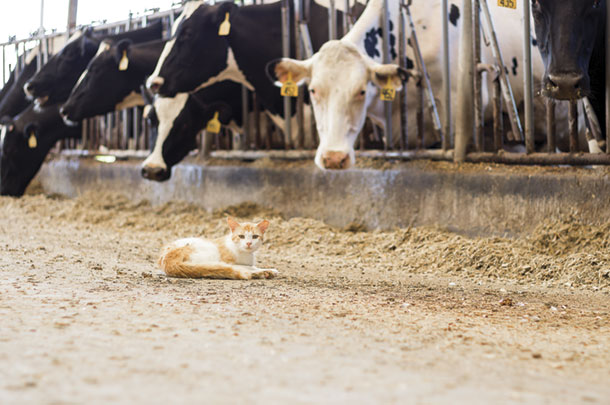
Since then, I have focused mainly on families, couples and horse and rider pairs in rural, farm and outdoor settings, and I recently shot some weddings. When I get the opportunity to involve cows in any sessions, I am particularly happy.
What is your favorite type of photo to shoot?
SIEGLE: I enjoy projects that take place out on a farm under soft sunrise or sunset light. I also particularly love fall sessions and early spring sessions because the colors are rich and vivid, which makes editing a joy.
Describe your most memorable photo shoot.
SIEGLE: I once shot a dog’s birthday party, I shot outdoor dance photos at a park, and I’ve shot a few themed “unicorn sessions” with kids and their ponies – all of those made for unique portfolio images. I also once hustled to shoot a family session at a beef operation before the A.I. man arrived and, once he showed up, some of my favorite images were those of the young daughter watching her dad working cows.
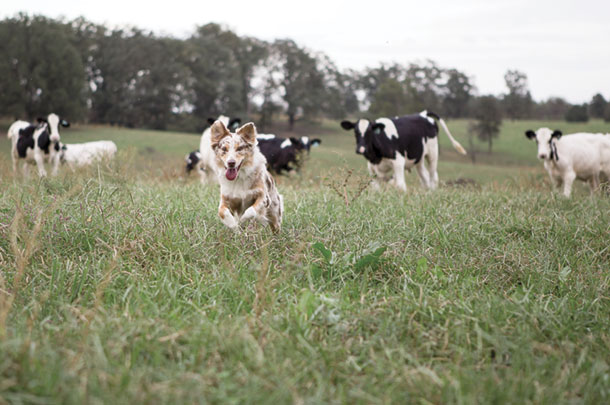
My sessions at Richlands Dairy Farm have been memorable as well. I shoot images of farm visitors as they come in for appointments to meet a calf during the farm’s agritourism events, and often I have good conversations with these families about dairy farming while I am at it.
Why do you enjoy farm-related photography?
SIEGLE: Although urban shoots have a unique feel and require their own skill set, I have always preferred to chase rural and farm settings because I have maintained a lifelong inclination toward all things agricultural. It just feels natural to focus my work in an arena I know and love.
What are one or two tips you would give to an amateur photographer who wants to take a great picture of people or animals?
SIEGLE: If you are shooting animals as a hobby, use the camera you already have to its fullest. You can get a used or older entry-level DSLR for as low as $200, and it is better to upgrade your camera body and invest in high-quality lenses later after you learn which features matter most to you. A lesser-known-brand 50-millimeter f/1.8 lens can cost around $60 and is a great starter option for creative human portraits and photos of animals that allow you to get up close and personal.
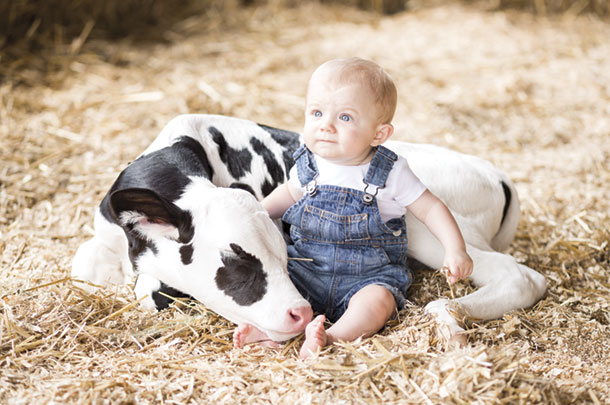
With the right settings, you can get the smooth “bokeh effect” for backgrounds that you cannot get with some kit lenses. You may need another lens with some zoom for cattle. Because animals flick ears, swish tails and change expressions incredibly quickly, try fast shutter speeds. SD cards with fast write speeds will keep up with your rapid shooting, too.
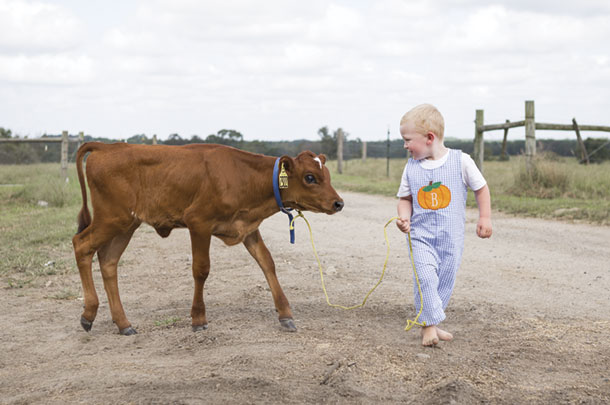
Know your species well – for example, horse owners want their horses to have pleasant expressions in photos; if you want to shoot livestock for marketing purposes, judging experience will help you cull any images that present an animal poorly. Be aware a head-on view could make a horse or cow’s face look disproportionately large. If you are shooting out in a field, you have little control over animal posing, so control what you can – shoot in soft morning or sunset light and walk yourself to the best background and horizon placement.
Making the switch from auto to manual shooting is tedious but game-changing, as is shooting and editing files in “raw” format. After the shoot, even your best images may benefit from some basic editing – remember, editing decisions are simply extensions of the decision-making process you undergo with the camera in hand. Work toward a consistent shooting and editing style. You may make mistakes at first – for example, cattle can turn more blue than black if you choose the wrong white balance – but it does get easier.
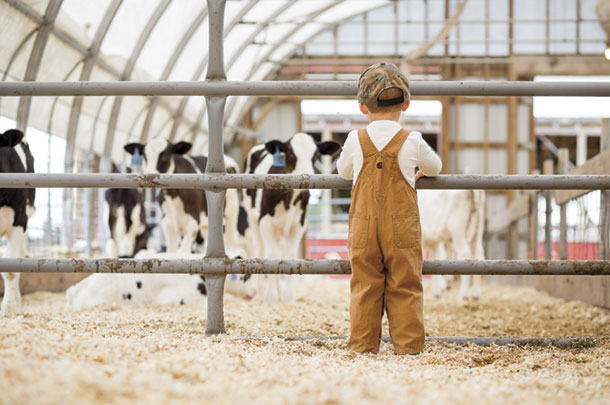
If you make the jump from hobby to paid work, prepare to spend considerable time on business management. Know exactly what it costs you to exist, exactly what it costs you to show up for a client session and exactly what your target take-home pay should be to make the experience more than just a time-consuming hobby. Use this to create your pricing and stick to it.
Start a legal business – you must consider the possibilities of income tax, sales tax, local and state licensing, fees and formalities for the business entity you choose, property tax on your equipment and more. You may need permits for some shooting locations, and you should consider offering a fair fee or gratuity if you shoot at someone’s private farm. Consider protecting yourself and your clients with good insurance and contracts. It can all be overwhelming, but the right clients will respect your business and remain loyal customers. ![]()
PHOTO 1: Laura Siegle
PHOTO 2: A summer afternoon in the feed alley at Richlands Dairy Farm in Blackstone, Virginia.
PHOTO 3: Maizey the dog playing in the field at Alvis Farms.
PHOTO 4 - 6: Farm kids in the making spend quality time visiting with the calves at Richlands Dairy Farm. Photos by Laura Siegle.
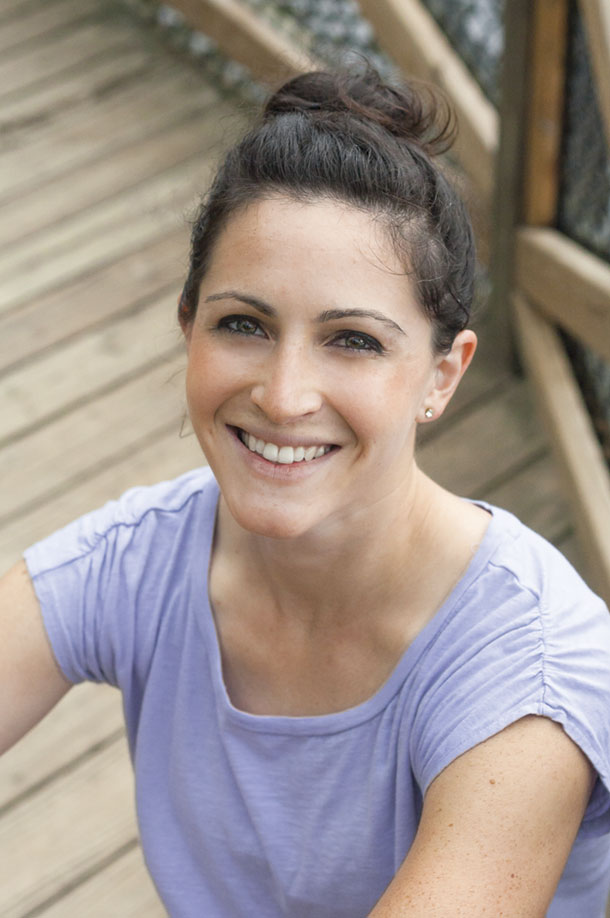 Laura Siegle with Laura Siegle Photography LLC
Laura Siegle with Laura Siegle Photography LLC
Amelia County, Virginia
Email Laura Siegle



